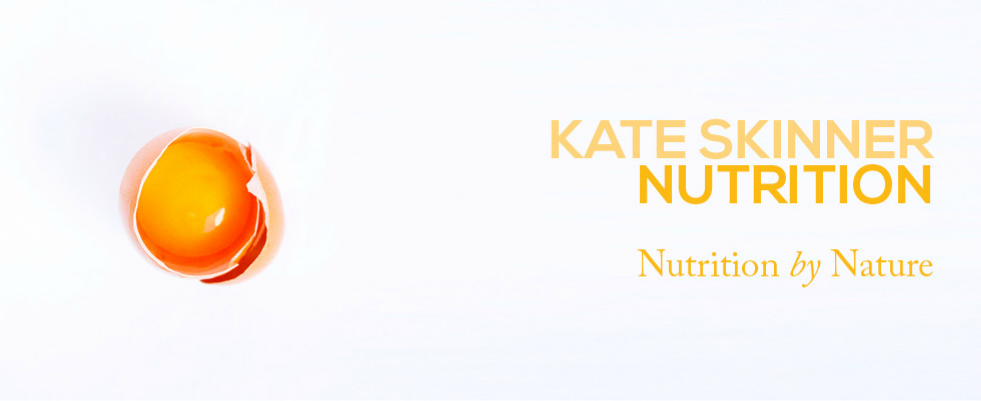In my last post I included a list of the four main types of fats that we consume – saturated fatty acids (SFAs), monounsaturated (MUFAs), polyunsaturated (PUFAs) and trans fatty acids. Of course, there’s mary sub-categories within all these groups, but it’s a simple overview that gives a general idea of how these fats perform in the body, how stable they are according to their chemical structure and volatility of carbon bonds, and how they should be treated accordingly… to cook with? Consume cold? Avoid altogether??
The chart above (click on the pic for a bigger, pdf version) is a handy reference for cooking with fats and oils, from Diane Sanfilippo’s blog, Balanced Bites (a great resource for recipes and info, by the way). Basically, avoid cooking with (and eating!) PUFAs (canola, rice bran, vegetable, sunflower, sesame, flaxseed and nut-based oils) that are unstable at high temperatures and oxidise rapidly. You don’t want to be consuming rancid, toxic oils that can promote free radical damage1 2 3, inflammation4 5, ageing6 7 8, atherosclerosis9 10, suppress thyroid function11 and inhibit the action of certain enzymes12. Heated (and processed – in all processed foods containing vegetable/seed oils) PUFAs will do exactly that. In fact, the excessive consumption of PUFAs (in the form of omega-6 fatty acids) as common in the standard Western diet has played a hugely significant role in the rise of diseases of inflammation including type II diabetes, cardiovascular disease, IBS, gastritis… see this post for a detailed overview.
Focus on saturated fats for cooking with (organic butter, ghee, coconut oil, cocoa butter and animal fat) and monounsaturated fats for drizzling and eating raw (olives, extra virgin olive oil, macadamias and macadamia oil, avocado and avocado oil). For what it’s worth, I cook with butter and coconut oil and tend to use a little extra virgin olive oil in cold dishes such as salads, or added to vegetables after cooking.
The chart above (click on the pic for a bigger, pdf version) is a handy reference for cooking with fats and oils, from Diane Sanfilippo’s blog, Balanced Bites (a great resource for recipes and info, by the way). Basically, avoid cooking with (and eating!) PUFAs (canola, rice bran, vegetable, sunflower, sesame, flaxseed and nut-based oils) that are unstable at high temperatures and oxidise rapidly. You don’t want to be consuming rancid, toxic oils that can promote free radical damage1 2 3, inflammation4 5, ageing6 7 8, atherosclerosis9 10, suppress thyroid function11 and inhibit the action of certain enzymes12. Heated (and processed – in all processed foods containing vegetable/seed oils) PUFAs will do exactly that. In fact, the excessive consumption of PUFAs (in the form of omega-6 fatty acids) as common in the standard Western diet has played a hugely significant role in the rise of diseases of inflammation including type II diabetes, cardiovascular disease, IBS, gastritis… see this post for a detailed overview.
Focus on saturated fats for cooking with (organic butter, ghee, coconut oil, cocoa butter and animal fat) and monounsaturated fats for drizzling and eating raw (olives, extra virgin olive oil, macadamias and macadamia oil, avocado and avocado oil). For what it’s worth, I cook with butter and coconut oil and tend to use a little extra virgin olive oil in cold dishes such as salads, or added to vegetables after cooking.

